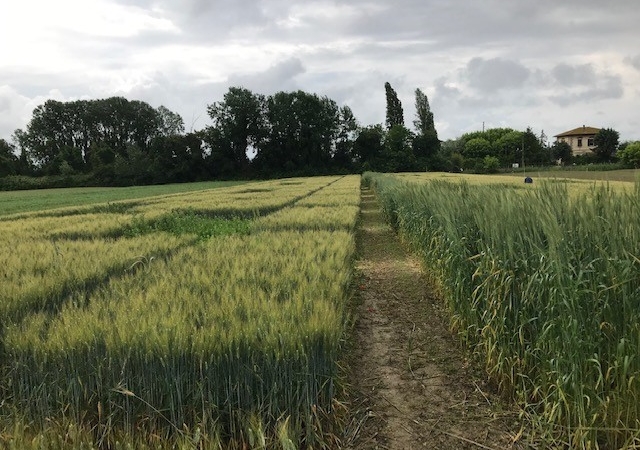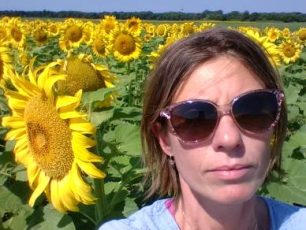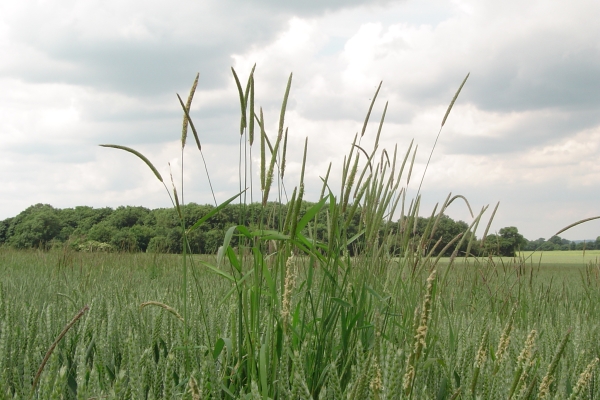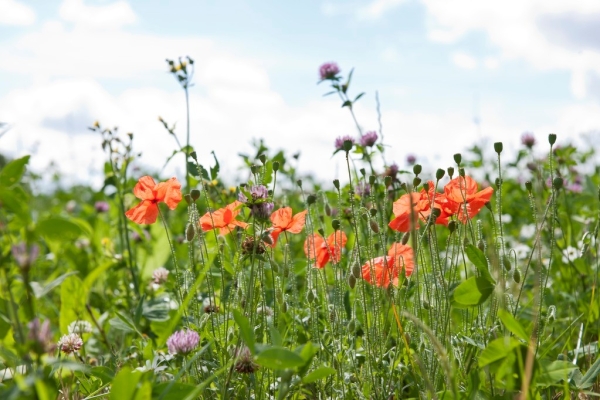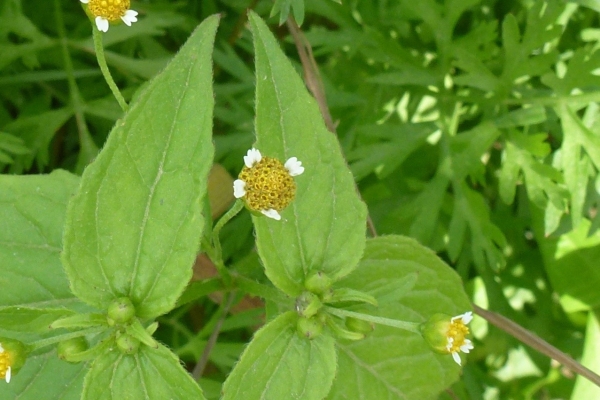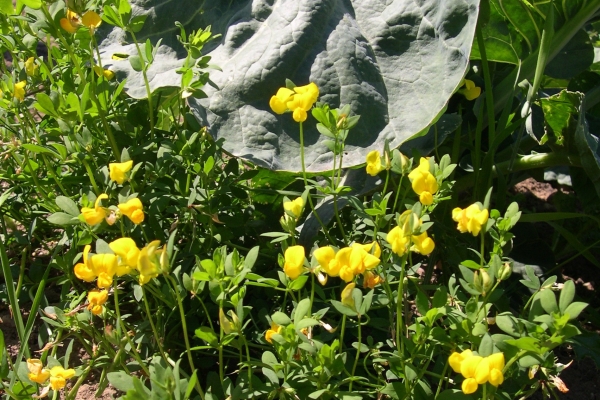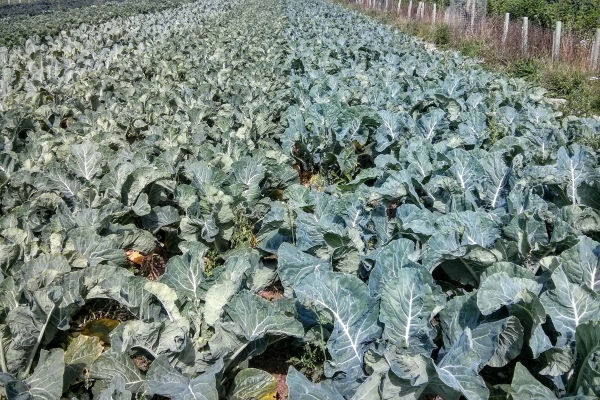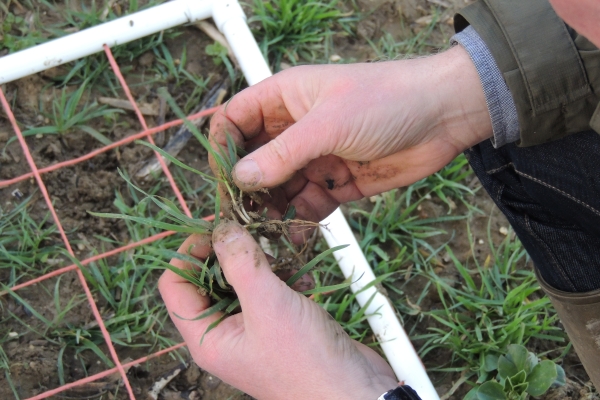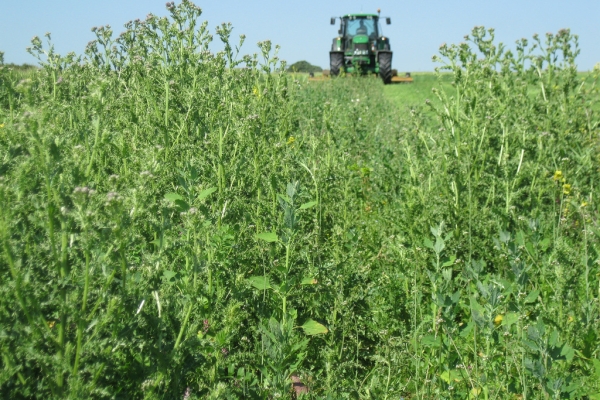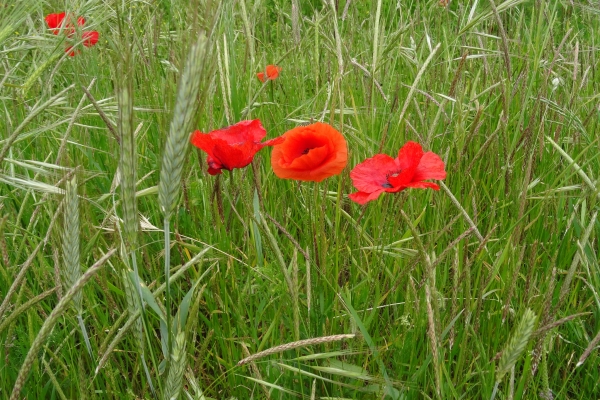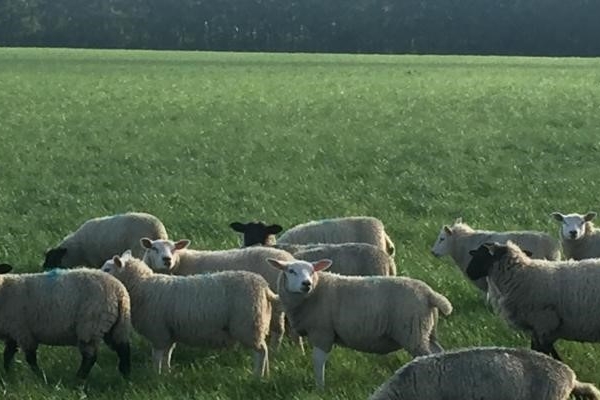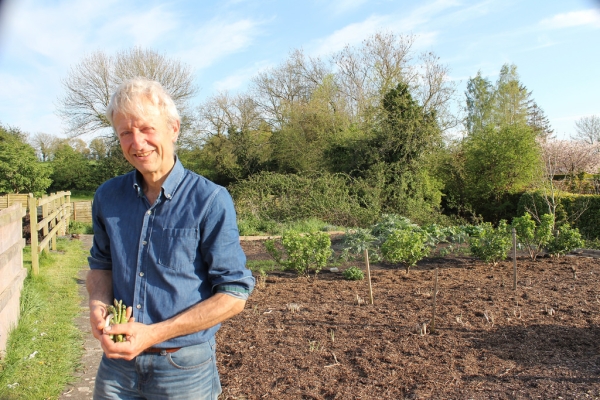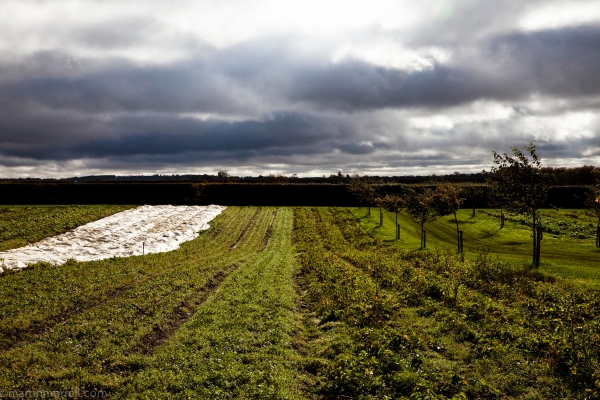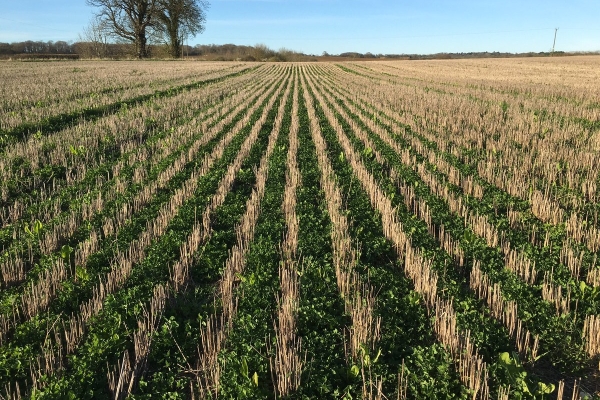Agroecological principles to support Integrated Weed Management
The context
Following the EU regulation on the sustainable use of pesticides (Directive 2009/128/EC), Integrated Pest Management (IPM) became an integral part of European farming systems. In Appendix 3 of this Directive, the eight principles of IPM have been presented as a guideline for policy makers, advisors, scientists and farmers. A short overview of this IPM framework can be found here.
It is not by chance that the first principle is ‘Prevention.’ Preventing the development of dominant pests, weeds and diseases is key to any IPM strategy. Unfortunately, the focus in current cropping systems is still on direct control. The approach that both conventional and organic growers have towards crop protection is very similar. In fact, from an agroecological point of view, it is not very relevant if direct pest control is performed by synthetic or organic pesticides. Both types of products have more or less severe environmental impacts, such as persistence in soils and water, and are more or less ‘target-species’ specific, meaning that all these products affect other species other than the pest species they are used against. There is an increasing trend in organically grown fruit and vegetable crops due to the increased market value of these products. However, many growers that convert to organic cropping systems do not change their cropping systems in a significant way. This approach is referred to as ‘input-substitution’ i.e. changing a synthetic product for an organic product.
Prevention and diversification in agroecology
What we are trying to do in agroecological crop protection, is to co-design completely new and innovative cropping systems that are based on the idea of relying as much as possible on the local, natural resources. The objective of these systems is to manage local agro-biodiversity that is able to produce healthy crops while supporting local soil fertility, conserving water resources, and protecting crops from pest attack. Besides focusing on soil fertility, attention is focused on robust cropping systems that prevent the development of huge outbreaks of pests, weeds and diseases.
Interviews with experts and farmers from all over Europe representing the key arable and vegetable cropping systems (www.iwmpraise.eu) have demonstrated a general agreement that ‘crop rotation’ and ‘soil tillage’ are the most effective preventive tools to avoid pests, weeds and diseases. From an agroecosystem perspective, ‘crop rotation,’ can be interpreted in a wider sense as ‘diversification.’ This can have a spatial and a temporal dimension, and can involve both crop species and auxiliary species, i.e. species that are used in the cropping system to provide ecosystem services other than crop production. Crop rotation can therefore be defined as crop diversification in time. Examples of spatial diversification are row or strip intercropping and relay cropping, which includes agroforestry systems, where arable and tree crops are grown together in a spatial lay-out that aims to optimise the resource use and minimise competition for light, nutrients and water.
Successful solutions of cropping systems diversifying for weed control and soil fertility
In order to provide farmers with a wider choice of options for ‘diversification’ of their cropping systems, several EU and national projects have been set up to explore innovative agroecological cropping systems and IPM tactics.
What follows are some examples of research aimed at demonstrating the feasibility of cropping system diversification while maintaining sustainable crop yield and good weed control. All are based on a significant redesign of the cropping systems with respect to a more classical approach of input substitution for weed control. During the crop growth cycle, other Integrated Weed Management (IWM) tools are applied to control weeds if necessary; such as the use of specialised harrowing and hoeing machines, or an adapted roller-crimper aimed at cover crop destruction.
Agroforestry systems – matching the right trees with arable crops
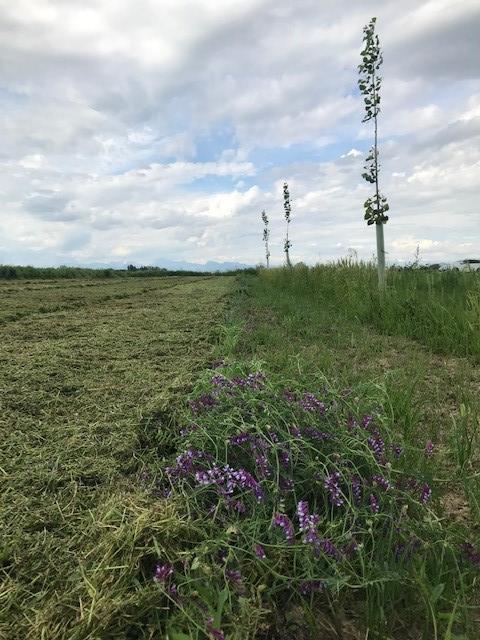
This shows an example of a very young agroforestry system consisting of rows of alternated poplar (Populus spp.) and oak (Quercus robur L.) trees at a density of 60 trees ha-1 in between 30-m wide fields hosting a seven-year arable crop rotation with durum wheat (Triticum turgidum subsp. durum Desf.), sorghum (Sorghum bicolor L. Moench) and faba bean (Vicia faba var. minor Beck), followed by a 4-year meadow of Italian ryegrass (Lolium multiflorum Lam. var. italicum), orchard-grass (Dactylis glomerata L.), tall fescue (Festuca arundinacea L.), sulla (Hedysarum coronarium L.) and alfalfa (Medicago sativa L.). In this picture the previous Vicia villosa Roth. meadow has just been cut and will be replaced by durum wheat in autumn 2019. This trial is located at the University of Pisa’s Centre for Agro-Environmental Research (CIRAA) in San Piero a Grado (Pisa, Tuscany).
Permaculture with beans and melon
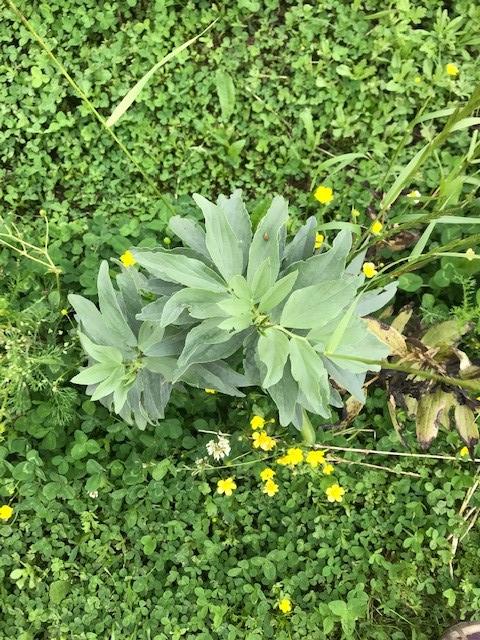
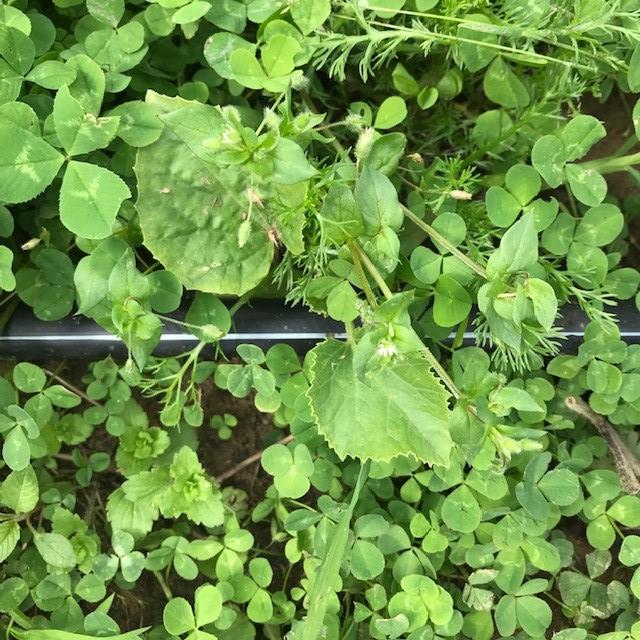
This is an example of a horticultural system with fresh bean (Vicia faba var. major) (top) and melon (Cucumis melo cv. Bacir) (bottom) transplanted into a permanent living mulch of a dwarf variety of white clover (Trifolium repens var. Pipolina).
The experimental field is located at the University of Pisa’s Centre for Agro-Environmental Research (CIRAA) in San Piero a Grado (Pisa, Tuscany) and is part of a series of IWM strategies tested and refined during the H2020 project IWMPRAISE. Three different cropping systems were established there in winter 2017-18, and are being compared with a system approach for three years. There is a standard organic system based on annual soil tillage, with green manures incorporated into the soil, organic fertilisation, and mechanical and thermal weed control. This is compared to an intermediate system based on permanent soil cover with a perennial cover crop (a dwarf variety of white clover), strip-tillage performed along seed furrows, and reduced use of organic fertilisers; and with a permaculture system which is established on plots managed under no-till for the previous three years. The permaculture system is based on a permanent soil cover with white clover and no-till transplanting of vegetables, whilst fertilisation is reduced to a minimum level and will also involve the use of mycorrhizal formulations. It is still under evaluation due some unresolved problems with the regrowth of the permanent living mulch, and other species that can offer a living mulch in vegetable systems are being tested.
More information on this trial can be found in the open-field experiment booklet.
Relay cropping of legumes in durum wheat

This is an example of agroecological weed management by relay cropping of legumes in durum wheat to suppress weeds in the wheat crop; after crop harvest during the inter-crop period, and during the following summer crop. The experimental field is located at the University of Pisa’s Centre for Agro-Environmental Research (CIRAA) in San Piero a Grado (Pisa, Tuscany) and is part of a series of IWM strategies tested and refined during the H2020 project IWMPRAISE. There is a twin experiment in the north-east of Italy (Ravenna) to compare the response of wheat and legumes in two different agro-environmental regions. The objective of this study is the agronomic evaluation of legumes and selecting the most suitable ones for relay intercropping with durum wheat for our local pedo-climatic conditions. The study focuses on the effects of wheat-legume intercrops at rotation level.
Perennial, annual, and annual self-reseeding legumes can be used for relay intercropping. During the intercropping period, the three groups can support weed control by establishing a living mulch. After the wheat harvest, weed control effect changes according to the group. Perennial legumes, traditionally used in this practice, can be used as a forage crop for the following 2-3 years. Annual legumes with a high self-reseeding capacity may be able to re-germinate by their seeds in autumn and serve as cover crops until the subsequent cash crops, while annual legumes support weed control as dead mulch until the following crop.
Results of the first year from the twin trials confirmed that wheat yield was the same in the control plots as in the wheat-legume plots. The biomass production of perennial legumes in the following autumn and spring was good and this confirms their potential use for forage production or pasture. After wheat harvest, residuals of the annual legumes remained on the soil. However, their residual biomass was not sufficient to establish a suppressive dead mulch against weeds, making them less suitable for this system. Instead, annual-self reseeding legumes such as M. polymorpha and T. subterraneum cv Antas, were interesting because they managed to establish a dense cover from the shed seeds covering the soil until sowing of the following summer crop. Seed hardiness of these self-reseeding annuals is the most critical factor in their success.

Lentil relay-intercropping in durum wheat to suppress weeds and increase crop yield. Lentil was sown into the wheat crop in February to reduce completion of the early crop stage. This option has been evaluated as being the most interesting by local organic growers because the wheat serves as a support for the lentils and they can increase overall yield output.
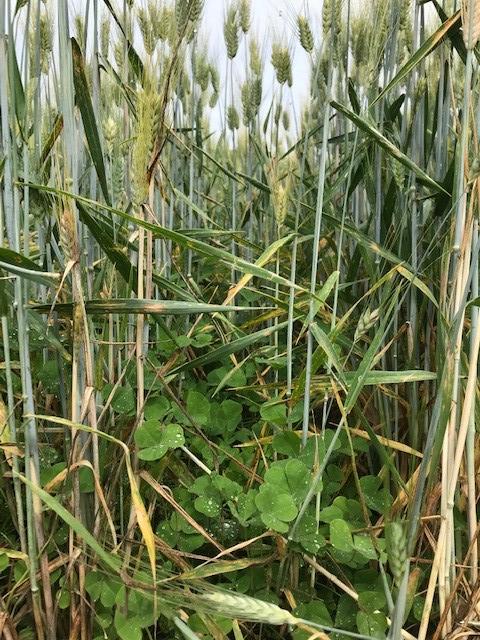
Trifolium subterraneum relay-cropping in durum wheat to suppress weeds during the wheat growth cycle and cover the soil in winter to suppress weeds, reduce soil erosion and improve soil nitrogen status.
More information on this trial can be found in the open-field experiment booklet.
Find out more about IWMPRAISE project here, with information on research being carried out in the UK here.
Everything written in this blog is my own responsibility and is based on knowledge developed in a multidisciplinary team of researchers of the Institute of Life Science at Scuola Superiore Sant’Anna and the Department of Agriculture, Food and Environment of the University of Pisa, supported partly by the H2020 project IWMPRAISE with grant No. 727321.
All pictures by Anna-Camilla Moonen CC-BY-SA
